Retro Replay Review
Gameplay
Uprising 2: Lead and Destroy retains the core blend of real-time strategy and action that defined its predecessor, putting you directly in control of a powerful combat vehicle known as the Wraith. From the outset, you’ll appreciate how the game streamlines the command interface, allowing you to issue orders to allied units with fewer clicks and an intuitive hotkey system. Gone are the more cumbersome menus of the original—now you can quickly call in reinforcements, manage resource nodes, and coordinate squad movements on the fly without breaking the momentum of the battlefield.
(HEY YOU!! We hope you enjoy! We try not to run ads. So basically, this is a very expensive hobby running this site. Please consider joining us for updates, forums, and more. Network w/ us to make some cash or friends while retro gaming, and you can win some free retro games for posting. Okay, carry on 👍)
The mission design strikes a solid balance between base-building and direct combat. Each level tasks you with securing energy crystals, defending key structures, or eliminating high-value targets. The pacing is brisk, with new objectives introduced just as you begin to feel comfortable with your surroundings. The AI-controlled units respond intelligently to threats, flanking enemy positions or falling back to repair nodes when overwhelmed. This gives the battlefield a dynamic feel, and every skirmish demands both tactical planning and split-second reflexes.
For fans of the Battlezone series, the comparison is unavoidable: Uprising 2’s fusion of ground combat and strategic oversight delivers a similar adrenaline rush. However, it differentiates itself by offering a more streamlined control scheme and mission variety that ranges from large-scale assaults to tight urban firefights. Whether you’re escorting convoys across hostile terrain or establishing forward bases in alien ecosystems, the game keeps your attention firmly on the action while still rewarding thoughtful macro-management.
Graphics
Visually, Uprising 2 makes a noticeable leap forward from its predecessor. The game’s 3D engine renders environments with greater detail, from the jagged rock faces of battlefield canyons to the bioluminescent flora of alien worlds. Textures appear sharper, and the lighting model casts realistic shadows that enhance the depth and immersion of each mission. You’ll often find yourself pausing to admire the way sunlight glints off the Wraith’s armor plates as it glides across a dusty plain.
Unit and structure models have also received a significant facelift. Enemy vehicles bristle with extra mechanical details, and the Kri’iSara alien constructs pulse with ominous energy effects. Explosions are more dramatic, with smoke trails and debris that linger long enough to convey the chaos of large-scale engagements. Even the user interface has been spruced up: resource meters and mini-map indicators are clearer and incorporate subtle animations that keep the screen feeling alive without intruding on gameplay.
The sound design complements the visuals perfectly. Engines whirr with mechanical precision, energy weapons hum with alien resonance, and the impact of heavy artillery reverberates through your speakers. Ambient audio cues—such as distant creature calls or the constant hum of power generators—add another layer of realism. This combination of improved graphics and immersive soundscapes ensures that every mission feels like a living, breathing conflict zone.
Story
Picking up directly after the events of the original Uprising, Lead and Destroy plunges you into the escalating war between humanity and the enigmatic alien race known as the Kri’iSara. The sequel expands on the lore, offering a more detailed view of both factions’ motivations and the fragile alliances that form in times of desperation. Briefings and in-engine cutscenes flesh out personalities on both sides, making the larger battle feel personal and urgent.
The narrative structure is straightforward but effective, guiding you from one hot spot to the next as humanity fights to reclaim its home worlds. You’ll meet familiar characters from the first game, now hardened by previous losses, and interact with new commanders whose strategies range from dogged resilience to ruthless pragmatism. These story beats are woven into mission objectives so smoothly that you’re never far from the action—even when politics and betrayal are at play.
While the plot doesn’t revolutionize the sci-fi genre, it delivers enough twists and revelations to keep you invested. The game often poses moral dilemmas—such as deciding whether to save a stranded squad or press on to a strategic objective—which adds tension beyond mere survival. These moments of choice, though limited, remind you that the fate of both species hangs in the balance, and every decision can tip the scales.
Overall Experience
Uprising 2: Lead and Destroy strikes a winning formula for players who enjoy fast-paced action without sacrificing strategic depth. The simplified controls mean you spend less time wrestling with menus and more time strategizing your next strike or leading a daring assault. Each mission feels handcrafted, with varied objectives that encourage you to adapt your tactics rather than rely on a single overpowered build.
The graphical improvements and polished sound design breathe new life into the familiar gameplay loop, making revisits to previously conquered terrains feel fresh. Multiplayer modes extend the fun, letting you pit your tactical skills against friends or AI opponents in custom scenarios. Even after completing the campaign, the combination of skirmish maps and LAN/online options ensures plenty of replay value.
Though it hews closely to the original Uprising in structure, Lead and Destroy refines nearly every aspect of the formula. Whether you’re a veteran commander looking for a nostalgia trip or a newcomer intrigued by the blend of RTS and action, this sequel offers an engaging, accessible, and visually impressive package. If you’ve ever dreamed of charging into battle atop a rolling fortress while orchestrating your forces in real time, Uprising 2 delivers on that promise with style.
 Retro Replay Retro Replay gaming reviews, news, emulation, geek stuff and more!
Retro Replay Retro Replay gaming reviews, news, emulation, geek stuff and more!
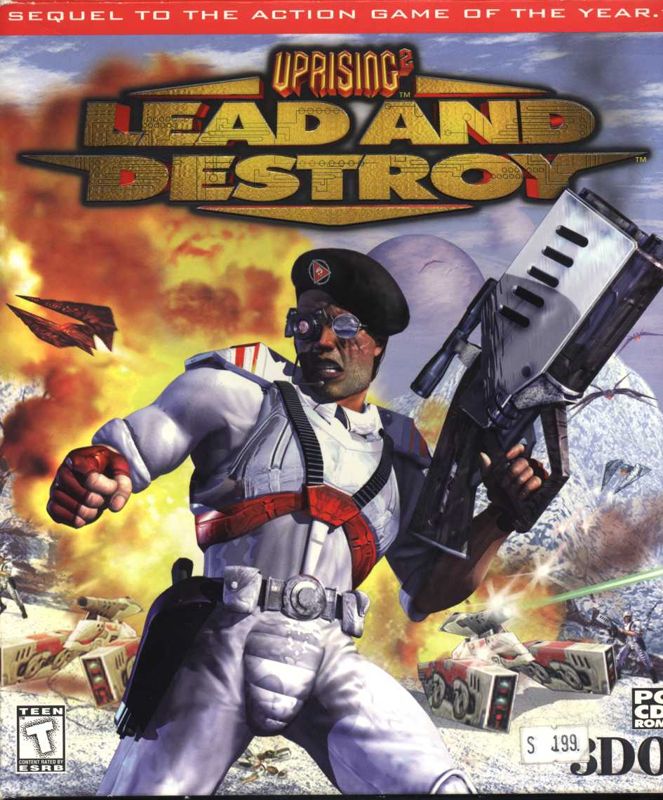

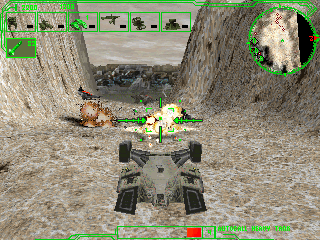
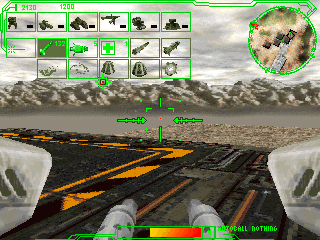
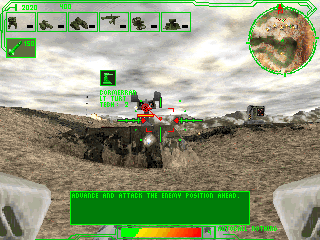
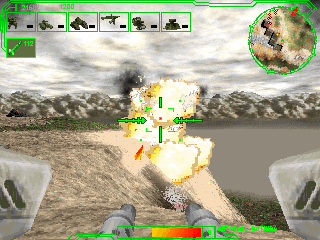



Reviews
There are no reviews yet.